OKR
Created: Jul 18, 2020 at 12:31am
What are OKRs?
OKR (Objectives and Key Results) is a goal-setting framework that creates alignment and engagement around measurable goals. OKRs help articulate what we’re trying to achieve and how we’ll know we’re getting there. The goal is to ensure everyone is going in the same direction, with clear priorities, in a constant rhythm.
OBJECTIVE: What we want to achieve
An inspiring, desired future state.
- Consistent with our values
- Generates pride, sense of accomplishment
- Qualitative
KEY RESULTS: How we'll get there
A measurable, time-bound, ambitious step toward an Objective
- Reflects our top priorities
Setting & Grading OKRs
Typically, companies set yearly & quarterly OKRs and grade them at the middle, or on a monthly basis. Ideally, company should have real-time dashboard of OKRs (using spreadsheet or software) that everyone can browse.
OKRs can be designed to be cascading, where the company-level OKRs are supported by department/team-level OKRs, and these are supported by individual OKRs.
- 0.7 achievement of KR is considered "satisfactory / on-track"
- 1.0 achievement of KR is "exceeding expectations / over-achieved the stretch goal"
You can grade using the OKR using the amount of progress.
For example, if the beginning CARR of the period is $2M and you want to get to $2.5M this quarter, you can grade the KR based on the progress you made on the progress scale.
- 0.7 base goal = $500K (= $2.5M - $2M)
- 1.0 stretch OKR goal = $714K (= 500 / 0.7)
- If you closed $400k to-date, you are at 0.56 (= 400 / 714)
Also tracking sentiment on a weekly dashboard helps keep the momentum going and also keep people focused on the priority.
References
- In the [[Books]] section, there's a recommended book on OKR written by John Doerr.
- Feplie Castro website has good resources on OKR.
- The Origin Story: A closer look at the man who invented OKRs.
